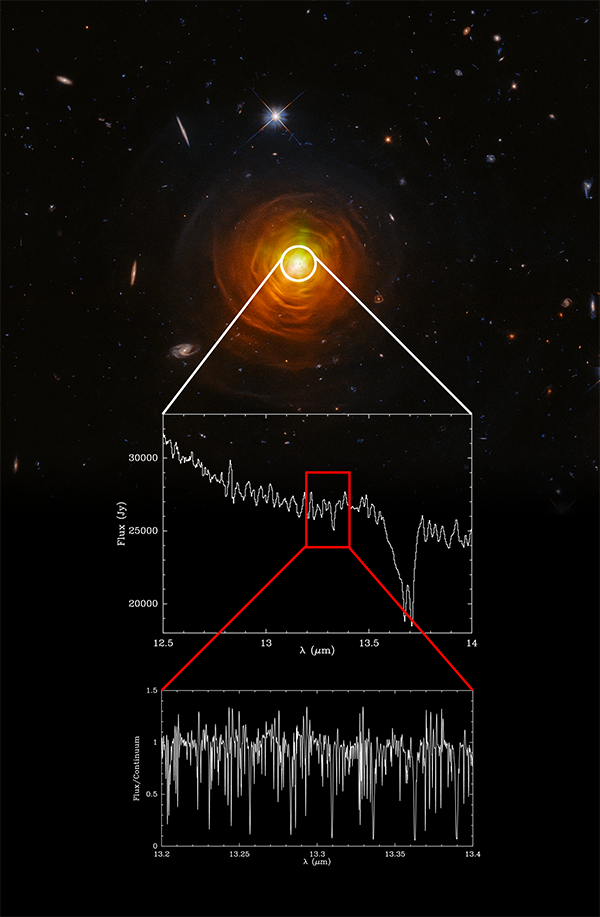Purpose of the Program
Bright mid-infrared sources of a wide range were surveyed for mid-infrared spectral lines.
Principal Investigator
Edward Montiel
Proposal ID and Data Access
Proposal Abstract
We are proposing to create a high spectral resolution (R = 50,000) legacy library of classical, MIR-bright sources covering from 5.23 to 28.3 micron with SOFIA/EXES. Ro-vibrational transitions and non-polar molecules can only be studied within this wavelength regime. This sample includes objects within the Solar System, high mass protostars, and evolved stars. For our sample, we expect to generate and provide line lists identifying all the features in their spectra as well as versions of the spectra deconvolved to JWST/MIRI resolution. This library is likely to be the most definitive collection of MIR spectra until a space-based mission includes a high spectral resolution instrument.
Sources Observed
IRC +10216: All observations with EXES 2.4” slit
NGC 7538 IRS 1: Rely on archival short wavelength observations to complete survey; proposed observations only partially completed
AFGL 2136: Rely on archival short wavelength observations to complete survey; proposed observations only partially completed
